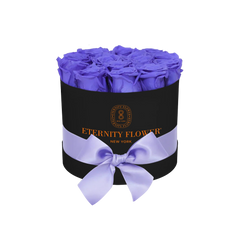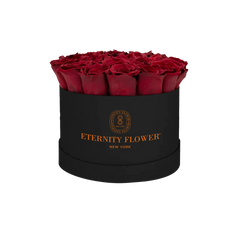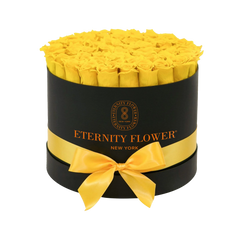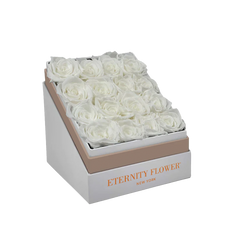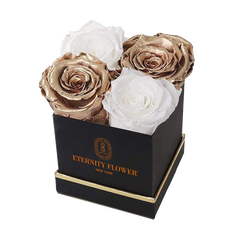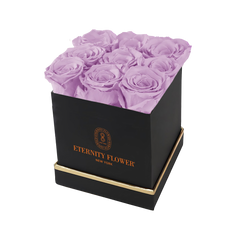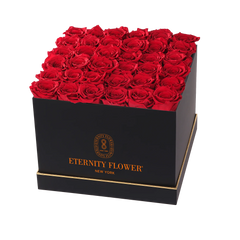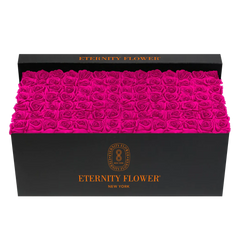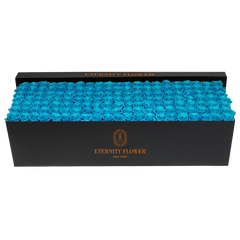Welcome to the enchanting journey of growing edible flowers, a delightful adventure that combines the beauty of blooming gardens with the joy of culinary exploration. Whether you're a seasoned gardener or a curious newbie, this guide will walk you through the whimsical world of cultivating flowers that are as pleasing to the palate as they are to the eye.
The Edible Palette: Choosing Your Floral Flavors
The first step in growing edible flowers is selecting the right varieties. Not all flowers are safe to eat, so it's crucial to choose wisely.
Calendula: The Sunshine Bloom

Calendula, often referred to as pot marigold, radiates with vibrant yellow and orange hues, reminiscent of sunshine captured in petals. Beyond its cheerful appearance, calendula offers a peppery taste that can add a zesty twist to your dishes. The petals, rich in lutein, are known for their anti-inflammatory properties, making them a healthful addition to teas, salads, and soups. When sprinkled over your dishes, calendula not only enhances the flavor profile but also introduces a splash of color that can turn any meal into a festive feast.
Nasturtiums: The Spicy Spectacle

Nasturtiums are a spectacle of color, with their bold red, orange, and yellow blooms that drape elegantly over garden beds and hanging baskets. But these flowers are more than just a pretty face; they pack a sweet yet spicy punch reminiscent of arugula or radish. Both the petals and leaves are edible, offering a peppery zest that can elevate salads, sandwiches, and even seafood dishes. Nasturtiums are also rich in vitamins A, C, and D, making them a flavorful and nutritious addition to your diet. Their vibrant blooms can be used whole as a stunning garnish or chopped to add spice and color to butter, cream cheeses, or vinaigrettes.
Violas: The Delicate Delight

Violas, with their delicate petals and soft, pastel shades, bring a subtle elegance to the edible flower garden. These tiny blooms, including pansies and Johnny-jump-ups, offer a mild, slightly sweet to lettuce-like flavor, making them an ideal ingredient for a variety of culinary uses. Violas are perfect for garnishing cakes and pastries, adding a touch of sophistication to desserts. They can also be frozen in ice cubes for an enchanting addition to springtime beverages or scattered atop salads for a burst of color and a hint of sweetness. Beyond their culinary appeal, violas are rich in antioxidants, providing a healthful boost to your meals.
When selecting edible flowers, it's essential to ensure they are grown organically, free from pesticides and other chemicals that are not safe for consumption. Always source your seeds or plants from reputable nurseries or garden centers that offer varieties meant for culinary use.
Read more: Purple Rose Meaning: A Guide to Its Romantic Essence
Sowing Seeds of Taste: Planting Your Edible Flower Garden

Growing edible flowers is similar to cultivating traditional blooms, but with an appetizing twist. Start by choosing a sunny spot in your garden, as most edible flowers thrive in full sunlight. Prepare the soil by ensuring it's well-draining and rich in organic matter. When planting seeds or seedlings, pay close attention to spacing recommendations, as overcrowded plants can lead to poor air circulation and disease.
A Feast for the Eyes: Caring for Your Edible Blooms
The key to a bountiful harvest of edible flowers is regular care and maintenance. Water your plants consistently, especially during dry spells, to keep the soil moist but not waterlogged. Incorporate a balanced, organic fertilizer to promote healthy growth and vibrant blooms. Keep an eye out for pests and diseases, and opt for natural remedies whenever possible to keep your edible garden organic and safe for consumption.
Read more: Blooming Delight: Elevate Your Garden Tea Party Decoration with Flowers
Harvesting Happiness: Picking and Preserving Your Floral Bounty

The best time to harvest edible flowers is in the morning after the dew has evaporated but before the sun becomes too intense. This ensures the flowers are at their freshest and most flavorful. Gently wash the blooms in cool water and pat them dry before using them in your culinary creations. If you're not planning to use the flowers immediately, they can be stored in the refrigerator for a short period or dried for longer preservation.
From Garden to Gourmet: Creative Ways to Use Edible Flowers

The culinary uses of edible flowers are limited only by your imagination. Sprinkle petals over salads for a burst of color and flavor, freeze them in ice cubes for a decorative touch to drinks, or use them to infuse sugars and syrups for baking. Edible flowers can also be candied for a sweet treat or used as a natural dye for stunning, vibrant dishes.
The Blossoming Benefits: Why You Should Grow Edible Flowers
Embarking on the cultivation of edible flowers isn't just a journey into the world of gardening; it's an exploration of culinary innovation, health benefits, and aesthetic pleasure. Here are compelling reasons why growing edible flowers should be your next green endeavor:
Culinary Creativity Unleashed
Edible flowers open up a realm of creativity in the kitchen. They allow chefs and home cooks alike to experiment with flavors, textures, and colors in ways that transform ordinary dishes into extraordinary culinary experiences. Whether it's adding a spicy kick to salads with nasturtiums, garnishing desserts with the sweet subtlety of violas, or infusing oils with the peppery notes of calendula, edible flowers elevate the art of cooking.
Nutritional Nuggets
Beyond their beauty and taste, many edible flowers are nutritional powerhouses packed with vitamins, antioxidants, and other health-promoting compounds. Calendula, for instance, is renowned for its anti-inflammatory properties, while nasturtiums are a source of Vitamin C, supporting immune health. Incorporating edible flowers into your diet is a delightful way to boost your nutritional intake.
Eco-Friendly Gardening
Growing edible flowers encourages a more sustainable approach to gardening. Many edible flowers, such as borage and lavender, attract beneficial pollinators, supporting local ecosystems. Furthermore, integrating edible flowers into vegetable gardens can improve biodiversity, leading to healthier, more resilient garden environments.
Aesthetic and Emotional Well-being
The visual appeal of a garden full of blooming edible flowers is undeniable. But beyond their beauty, these gardens offer a sanctuary for mental and emotional well-being. The act of gardening itself is a therapeutic activity that reduces stress, promotes relaxation, and provides a sense of accomplishment. Edible flowers add an extra layer of joy to this pursuit, beautifying your garden space and offering a tangible reward for your efforts.
Read more: Blossoms of Wellness: Flowers for Healing
Educational Opportunities
For families with children, growing edible flowers can be an educational adventure. It's a hands-on way to teach kids about where their food comes from, the importance of pollinators, and the basics of gardening. Tasting flowers straight from the garden can also be a fun and memorable way to encourage healthy eating habits.
Conclusion
One of the joys of growing edible flowers is sharing the experience with others. Join local gardening groups or online forums to exchange tips, recipes, and inspiration. Gardening workshops and classes can also provide valuable hands-on experience and deepen your understanding of the art and science of edible flower cultivation.
In the world of gardening, growing edible flowers is a unique blend of beauty and utility, offering an accessible way for everyone to add a touch of elegance and flavor to their meals. So, why not start your own edible flower garden today? The blossoms you grow will not only brighten your garden but also bring a new dimension of taste and creativity to your cooking. Let's embrace the beauty of edible flowers and transform our gardens into a source of culinary inspiration.





